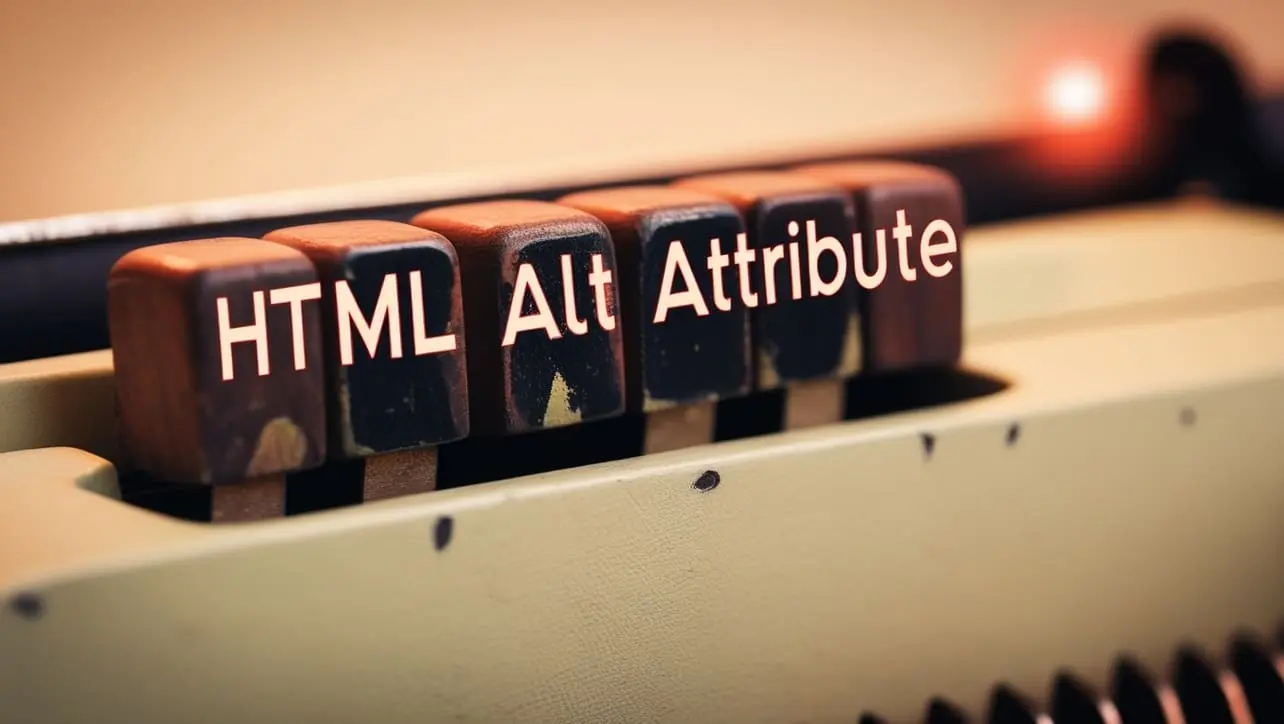
HTML Topics
- HTML Intro
- HTML Basic
- HTML Editors
- HTML CSS
- HTML Tags
- HTML Deprecated Tags
- HTML Events
- HTML Event Attributes
- HTML Global Attributes
- HTML Attributes
- abbr
- accept
- accept-charset
- accesskey
- action
- align
- alt
- archive
- as
- async
- autocapitalize
- autocomplete
- autofocus
- autoplay
- axis
- bgcolor
- border
- cellpadding
- cellspacing
- char
- charoff
- charset
- checked
- cite
- class
- classid
- codebase
- codetype
- color
- cols
- colspan
- compact
- content
- contenteditable
- controls
- coords
- crossorigin
- data
- data-*
- datetime
- declare
- default
- defer
- dir
- dirname
- disabled
- download
- draggable
- enctype
- enterkeyhint
- for
- form
- formaction
- formenctype
- formmethod
- formnovalidate
- formtarget
- frame
- frameborder
- frameset
- headers
- height
- hidden
- high
- href
- hreflang
- hspace
- http-equiv
- id
- inert
- inputmode
- ismap
- kind
- label
- lang
- list
- loop
- low
- max
- maxlength
- media
- method
- min
- multiple
- muted
- name
- novalidate
- onabort
- onafterprint
- onbeforeprint
- onbeforeunload
- onblur
- oncanplay
- oncanplaythrough
- onchange
- onclick
- oncontextmenu
- oncopy
- oncuechange
- oncut
- ondblclick
- ondrag
- ondragend
- ondragenter
- ondragleave
- ondragover
- ondragstart
- ondrop
- ondurationchange
- onemptied
- onended
- onerror
- onfocus
- onhashchange
- oninput
- oninvalid
- onkeydown
- onkeypress
- onkeyup
- onload
- onloadeddata
- onloadedmetadata
- onloadstart
- onmousedown
- onmousemove
- onmouseout
- onmouseover
- onmouseup
- onmousewheel
- onoffline
- ononline
- onpagehide
- onpageshow
- onpaste
- onpause
- onplay
- onplaying
- onpopstate
- onprogress
- onratechange
- onreset
- onresize
- onscroll
- onsearch
- onseeked
- onseeking
- onselect
- onstalled
- onstorage
- onsubmit
- onsuspend
- ontimeupdate
- ontoggle
- onunload
- onvolumechange
- onwaiting
- onwheel
- open
- optimum
- pattern
- placeholder
- popover
- popovertarget
- popovertargetaction
- poster
- preload
- readonly
- rel
- required
- reversed
- rows
- rowspan
- sandbox
- scope
- selected
- shape
- size
- sizes
- span
- spellcheck
- src
- srcdoc
- srclang
- srcset
- start
- step
- style
- tabindex
- target
- title
- translate
- type
- usemap
- value
- width
- wrap
- HTML Comments
- HTML Entity
- HTML Head
- HTML Form
- HTML IndexedDB
- HTML Drag & Drop
- HTML Geolocation
- HTML Canvas
- HTML Status Code
- HTML Language Code
- HTML Country Code
- HTML Charset
- MIME Types
HTML alt Attribute

Photo Credit to CodeToFun
🙋 Introduction
The alt attribute is a fundamental feature in HTML that is primarily used with the <img> (image) element.
The purpose of the alt attribute is to provide alternative text for browsers to display when the image cannot be loaded.
This text also serves as a description for users who may be using screen readers or have images disabled.
🎯 Purpose of alt
The primary purpose of the alt attribute is to enhance web accessibility by ensuring that users with disabilities or those facing slow internet connections can still understand the content conveyed by images on a webpage.
Additionally, it serves as a placeholder when the image itself cannot be rendered.
💎 Values
The alt attribute accepts a string value that represents the alternative text for the image.
This text should be descriptive enough to convey the content and purpose of the image.
Proper use of the alt attribute is crucial for making websites more accessible and user-friendly.
📄 Example
Let's consider a simple example of using the alt attribute with an <img> element:
<img src="example.jpg" alt="A scenic view of a mountain landscape">🧠 How it Works
In this example, the alt attribute is set to "A scenic view of a mountain landscape," providing a textual description of the image content.
🔄 Dynamic Values with JavaScript
You can dynamically set the alt attribute using JavaScript. This can be useful when dealing with changing content or user interactions. Here's a brief example:
<script>
// Dynamically set alt text for an image
document.getElementById("dynamicImage").alt = "An dynamically updated image";
</script>🧠 How it Works
In this script, the alt attribute for an image with the id dynamicImage is set to "An dynamically updated image." This dynamic approach can be helpful when the content of the image changes based on user actions.
🏆 Best Practices
- Always use the
altattribute for images to ensure web accessibility. This is not only a best practice but also a requirement for creating inclusive websites. - Make the alternative text descriptive and concise, providing enough information for users to understand the image's context.
- If an image is purely decorative and doesn't convey meaningful content, use an empty
altattribute (alt="") to indicate this to assistive technologies. - Test your website with images disabled or using accessibility tools to ensure that the alt text is effective.
🎉 Conclusion
The alt attribute is a crucial element for creating accessible and inclusive web content.
By using it appropriately, you contribute to a better user experience for all visitors, regardless of their abilities or technical constraints.
👨💻 Join our Community:
Author

For over eight years, I worked as a full-stack web developer. Now, I have chosen my profession as a full-time blogger at codetofun.com.
Buy me a coffee to make codetofun.com free for everyone.
Buy me a Coffee












If you have any doubts regarding this article (HTML alt Attribute), please comment here. I will help you immediately.